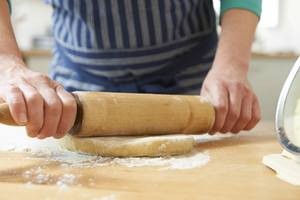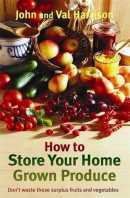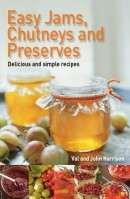These guides compliment our recipes section.
Basic guide to making pastry – for individual types of pastry, see below.

Rolling out Pastry
Pastry Ingredients:
Flour for Pastry Making:
Use good quality flour for pastry making if you can. It should be quite dry and it is necessary to always sieve before use to remove any lumps and introduce air. This helps to lighten the pastry. Self-raising flour can be used for short crust or suet pastry but better results are obtained if plain flour is used for richer pastries.
You can get special pastry flour but it’s expensive and best left for the chef!
Fats for Pastry Making:
The fats with the best flavour and shortening qualities for pastries are generally butter or lard, which makes the pastry rich and crisp. Margarine can be used to replace butter and there are several hard block vegetable fats/white margarine that can be used in place of lard.
Other fats can be used like suet where called for in the recipe. In the second world war, bacon fat, mutton & beef fat were often used in pastry due to shortages of more usual pastry fats
Salt, Sugar & Spices:
A little salt is advisable in pastry to improve the flavour. With sweet pastries using sugar, castor sugar tends to mix best or you can run ordinary granulated sugar through a spice grinder. Spices such as cayenne pepper or cinnamon are best stored in air-tight containers to retain their flavour.
Water for Pastry Making:
Water is the most suitable mixing liquid and should and cold and fresh. For rich pastries a little lemon juice is often used to help make the pastry crisper.
10 General Pastry Making Tips:
- All ingredients and utensils should be kept as cool as possible. Your hands can be cooled by allowing cold water to run over the wrists.
- The pastry should be handled as little and lightly as possible.
- Add only sufficient water to mix evenly to a pliable dough. Too much water will make the pastry hard. Streakiness in the pastry can be avoided if all the water needed is added at once.
- Knead lightly with the fingertips drawing the edges of dough towards the centre, turning the pastry on a lightly floured board.
- Roll out with short sharp strokes of the rolling pin away from you. Turn the pastry not the rolling pin.
- Some rich pastries are improved if allowed to cool and relax between rolling. Cover in cling-film and place in the fridge to cool pastry
- Collect all equipment needed and weigh up the ingredients before starting the pastry.
- Keep butter and fats in the fridge after weighing until you’re ready to use them
- When a recipe calls for a certain weight of pastry, this weight often refers to the amount of flour used and not to the total amount of pastry. For example, if a recipe says you need 4 oz (112 g) Short Crust Pastry, it means that you start off with 4 oz (112 g) flour and then add all the other ingredients. Depends on the author!
- Pastry freezes well, baked or unbaked, except Hot Water Pastry and Suet Pastry. Wrap well with cling-film prior to freezing.
Choice and Preparation of Cooking Utensils
Metal or enamel plates or baking tins will give the greatest degree of under browning. This degree of under-browning decreases with the use of plates made of thin china, fireproof glass, thick china or earthenware, in that order.
The under-browning may be improved if plates used for cooking plate tarts etc have absolutely flat bases and are stood upon a baking tray for cooking. The baking tray should be put in the position on the shelf whilst the oven is heating up.
Utensils used for baking pastries made with flaky, rough puff, or puff pastry should not be greased. For best results rinse or sprinkle the utensil with cold water before the pastries are put on it.
Pastry Making Guides
- Pastry Making – Basic Guide & Tips to How to Make Pastry
- How to Make Filo (Phyllo) Pastry
- How to Make Cheese Pastry
- How to Make Choux Pastry
- How to Make Flaky Pastry
- How to Make Fleur Pastry
- How to Make Hot Water Pastry
- How to Make Puff Pastry
- How to Make Rough Puff Pastry
- How to Make Shortcrust Pastry
- How to Make Suet Pastry
- How to Make Potato Pastry


